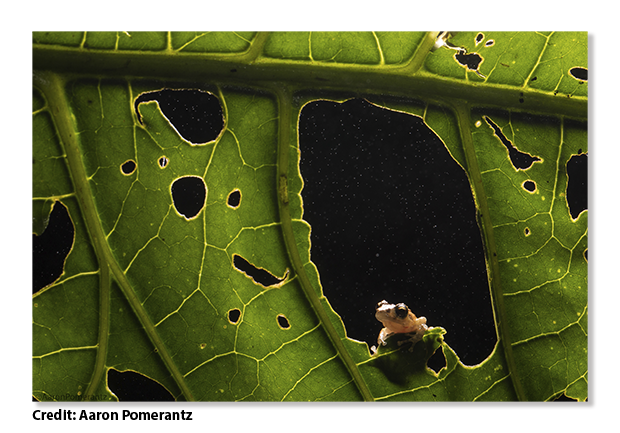
From the Andes to the Atlantic: an expedition through the Amazon
The National Geographic Society in partnership with the Rolex Perpetual Planet Initiative launched this year a Pioneer Expedition that will cover almost 7,000 km of the Amazon River during 2 years. The adventure will tell through photo-journalism what is most characteristic in the different ecosystems of the Amazon River Basin. Undoubtedly a valuable study covering all Amazon biomes.
As the “Heart of the Planet”, the Amazon River Basin encompasses the single largest tropical rainforest in the world. It is home to over 40 million people and over 3 million species of plants and animals and is composed of a system of rivers that channel the largest volume of rainfall on Earth, flooding an area larger than 70% of the world’s countries. The water of the Amazon is the lifeblood of our planet though it is rarely the focus when discussing the Amazon. The land, ocean, atmosphere, people and animals are all connected by its hydrological cycle and its natural ebb and flow affects nearly every living organism near it. However, repeated and increased degradation such as deforestation, poaching, commercial agriculture, and climate change decreases the Amazon’s ability to adequately provide these critical ecosystem services for the planet.
There are several scientists and professionals involved in the endeavor, divided into groups that have worked in the countries where the Amazon River runs, including those from the Juruá Institute, winner of the Rolex Award for preserving and maintaining the controlled fishing of the largest freshwater fish in the world, the Arapaima, better known by the popular name of Pirarucu. By the way, the study to be carried out by Instituto Juruá in this expedition will investigate the habitat changes and migration conditions of aquatic wildlife through the Amazon basin, in partnership with local communities in the Juruá region. The objective is to design the first watershed conservation model.
The Instituto Juruá, the Arapaima and Ecotok.
The Arapaima Project (Pirarucu), led by the Juruá Institute in the region of the same name, has as its main target the recovery of this emblematic fish from the Amazon River.
Thanks to the Juruá Institute and its president and biologist, João Campos Silva, winner of the 2019 Rolex Award, the aforementioned fish could be recovered from extinction, generating income and worthy social conditions for the riverside communities that inhabit the region. The reflection of this is also seen in the forest, preserved and kept standing, as well as the various species of animals and plants that cohabit with the fish in that region.
The Ecotok brand, premium coconut shell charcoal for barbecue, sold exclusively in Europe – currently offered in France and Switzerland – supports this project by transferring part of its profits. A pride and satisfaction for Ecotok team for the impact that the project has on the life of Pirarucu, as well as on people who live in the forest, on other animals’ lives and the Amazon rainforest itself.

There are more than 3 million species of
animals and plants that cohabit the
largest rainforest in the world, in a route
of almost 7 thousand kilometers of the
Amazon River.
